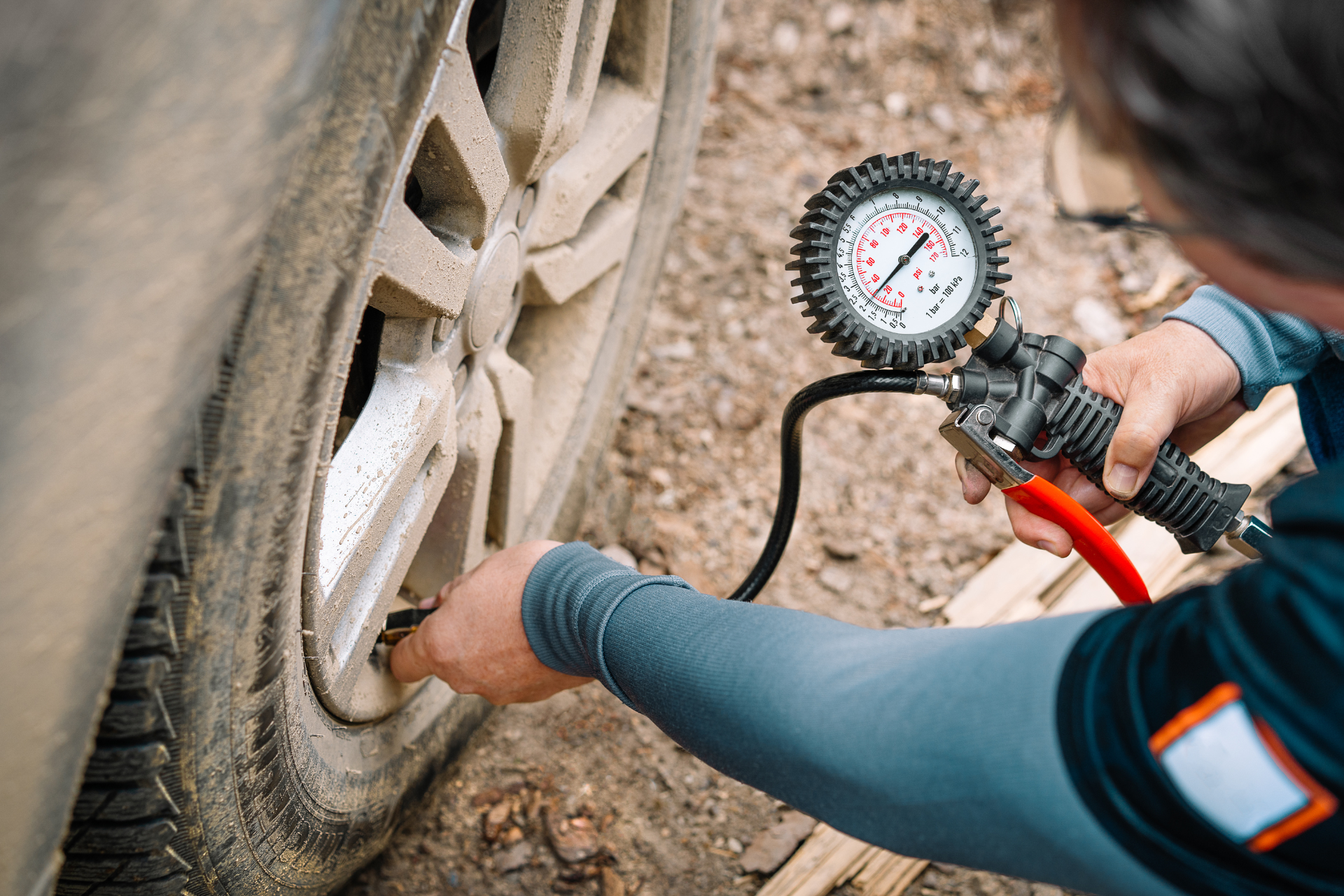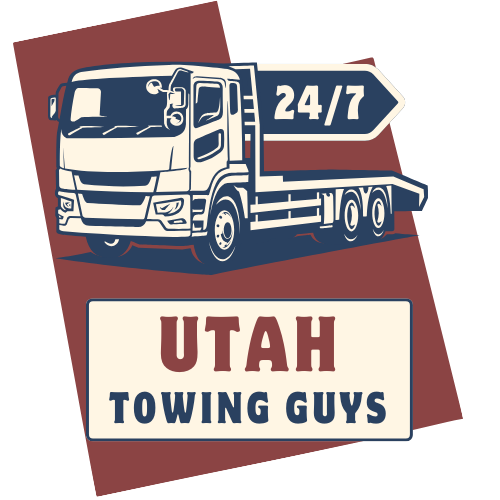The Importance of Proper Tire Pressure for Utah's Varying Elevations

If you’ve been cruising through the beautiful landscapes of Utah, from the snow-capped peaks of the Wasatch Range to the sun-drenched red rocks of Moab, you know just how exhilarating the open road can be. But before you hit the gas, let’s chat about something that’s often overlooked: tire pressure. At Utah Towing Guys, we’ve seen firsthand how vital maintaining the right tire pressure is, especially given Utah’s diverse elevations and temperatures.
Why Tire Pressure Matters
Tire pressure isn’t just a number you see on the side of your tires; it’s crucial for your vehicle’s performance and safety. Properly inflated tires improve fuel efficiency, provide better handling, and, most importantly, help ensure your safety on the road. Under-inflated tires can lead to increased wear and tear, decreased vehicle performance, and can even make your vehicle more susceptible to blowouts—definitely not something you want, particularly when you’re navigating Utah’s mountainous terrain.
Altitude Changes and Tire Pressure
Utah is known for its impressive elevation changes. For example, Salt Lake City sits at about 4,300 feet, while Park City rises to about 7,000 feet. At higher altitudes, air pressure decreases, which means that the air inside your tires expands. Conversely, when you descend into lower elevations, that air pressure can compress. This fluctuation can lead to your tire pressure being lower than the recommended level, which can impact your vehicle’s handling and safety.
Many drivers make the mistake of assuming that their tire pressure is fine without checking it regularly. The truth is, the best practice is to check your tire pressure at least once a month and before long road trips. This is especially important in Utah, where you could easily ascend to high elevations and then return to lower ones all in a single day.
Seasonal Changes and Tire Pressure
Utah’s climate can also impact tire pressure. During the hot summer months, air inside your tires expands, potentially causing over-inflation. On the flip side, the cold Utah winters lead to tire pressure dropping—about 1 PSI for every 10-degree drop in temperature. If you’re not monitoring your tire pressure throughout the seasons, you risk driving on tires that could be too high or too low, both of which can lead to poor vehicle performance and safety hazards.
How to Maintain Proper Tire Pressure
So, how can you ensure your tires are always in tip-top shape? First, invest in a good-quality tire pressure gauge. Check your tire pressure when the tires are cold for the most accurate reading. If you’re unsure what your tire pressure should be, you can find the recommended PSI (pounds per square inch) on a sticker inside the driver's side door or in your vehicle's owner manual.
At Utah Towing Guys, we’re committed to helping you stay safe on the roads. Whether you need roadside assistance, a tire repair, or a simple jump-start, we’re just a call away. Remember, a little maintenance goes a long way. So, before you head out on your next adventure, take a moment to check your tire pressure—your vehicle (and your peace of mind!) will thank you. Safe travels!




